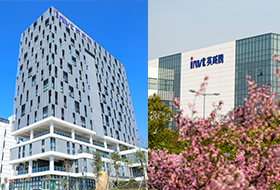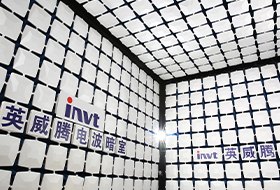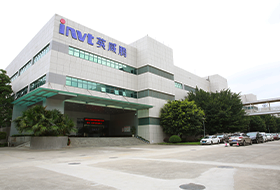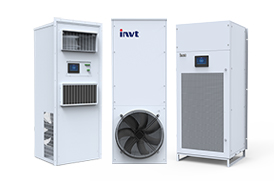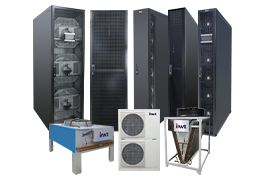Data center cooling efficiency
"Cooling" has become a hot topic in the data center industry, and efficient cooling methods play an important technical role in sustainable development.
When data centers are properly cooled, the lifespan of computing and storage components can be greatly extended. Power distribution and wiring are rated including temperature, so bus ducts, busbars, wires, etc. must be derated when they are uncooled and at higher temperatures. This may mean larger or more components are required, and the process of transporting and installing these add-ons further increases carbon emissions, which may impact sustainability goals.
Cooling and water consumption
Most data center cooling technologies impact the environment through carbon emissions and water consumption. With the widespread use of traditional methods, there is the potential to reduce power usage effectiveness (PUE) and thus the carbon emitted by evaporating water for cooling in traditional power production.
Define efficiency
In most cases, efficiency refers to energy efficiency (via PUE).
In many cases, economizers, also known as "free cooling," appear to be an efficient technology because they use cooled outside air to remove heat from the data hall, require very little energy, and consume no water. But this method only works if the outdoor temperature is low enough. Therefore, this cannot be the only source of cooling, and although this has positive sustainability implications, there are limitations.
Cooling Technology: What's Available?
One effective cooling technology is a closed-loop chilled water system using energy-efficient chillers. Through extensive modeling, the system provides adequate cooling with as little electricity usage as possible and only uses an initial amount of water to start the system. During the colder months, full or partial cooling can be provided without running the refrigerant compressor. When paired with renewable electricity, the system produces negligible carbon emissions, with only small emissions coming from occasional backup generator use and refrigerant losses. But it consumes no additional water and uses a small amount of electricity. So it's carbon, energy, and water efficiency.
Additionally, depending on the application, multiple cooling methods can be deployed at the rack level.
Immersion cooling is typically deployed in very high-density areas and is very efficient, but is often expensive and requires specialized electrical components. Delivering air through a pressurized raised floor is the most flexible method, capable of meeting the needs of low, medium, and some high-density applications. Immersion cooling is typically deployed in non-raised floor environments and can support higher densities than pressurized floors without worrying about floor loads. However, there are layout limitations. Cooling is not a one-size-fits-all way of thinking, so choosing the right approach can maximize data center efficiency.
All in all, closed-loop air-cooled chillers provide efficiency and flexibility without increasing the burden on water or wastewater, creating a more sustainable footprint. This solution is still flexible enough to accommodate future transitions to immersion cooling or liquid-to-chip cooling.
Proper planning of data center design
In addition to different cooling methods, data centers can achieve efficiency and sustainability by right-sizing their data center design. Correct sizing coupled with proper cooling distribution allows for the highest level of efficiency. In this zone, data center operators and building management systems can prevent and resolve supply and return air and water temperature mismatches with normal levels. Operators constantly monitor data center systems in an effort to provide the most efficient environment without sacrificing reliability. That's why correct sizing and proper cooling distribution is another strategy to improve efficiency.
Increase resiliency and save costs
In addition to overall increased sustainability, two other major benefits of investing in data centers with efficient cooling technology are increased resiliency and cost savings. The cost-saving benefits are obvious. Electricity is expensive, so the less you use, the more you save. However, this cannot come at the expense of overutilizing water.
From a risk perspective, water shortages could completely shut down facilities that rely on evaporated water for cooling. Since uptime is critical to any data center provider, it's important to prioritize resiliency over cost savings. Resilience to climate change and weather-related disruptions can be improved by working to eliminate water-inefficient evaporative cooling in favor of air-cooled chillers, especially in water-stressed areas.
Over time, more and more data center operators will turn to efficient cooling technologies to protect their operations from equipment failure and future threats from climate change. It is necessary to plan for the future and continue to implement efficient cooling technologies in operational data centers.

 networkpowersales@invt.com.cn
networkpowersales@invt.com.cn
